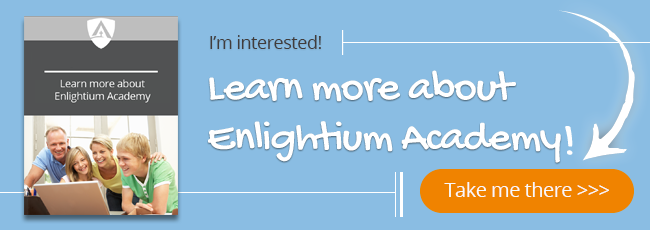Online K-12 Education as a Homeschool Option
For parents, homeschooling has been an alternative to Brick-and-Mortar schools for decades, since home education provides parents the opportunity to teach moral and religious principles to their children.1 The first families to choose to homeschool their children dealt with backlash from numerous groups including family members, educators, politicians, and neighbors who felt they were doing their children an injustice. However, proponents of homeschooling held fast and helped to establish the laws and regulations that recognized that teaching one’s children is a right.2 In the 1970’s, only 10,000 children were homeschooled, and by 2010, about 2,000,000 students were part of homeschool options.3 There are more than 3.76 million students in the U.S. who were homeschooled in 2020 and by 2022, there were 4.3 million students who were homeschooled.4

Homeschooling parents who live in a state where the homeschool regulations are strict can utilize online schools to minimize the burdensome recordkeeping involved in homeschooling because online schools help meet most of the general requirements.5 The most frequent argument against homeschooling is that homeschooled students are socially delayed due to an inability to socialize with other students, yet modern-day online homeschooling allows students to collaborate via online sessions, do group projects collaboratively, and participate in other online school social events.4
Online learning in K-12 has has evolved from the long history of distance education, and now, it is one of the growing educational systems in America. The online education model is primarily designed around the learner, and it allows for self-paced learning that provides students with opportunities to speed up or slow down as necessary; (2) provides the flexibility offered by online technologies that can help support the needs of diverse learners; (3) opens a wide array of education options to all learners. There were 1,816,400 enrollments in distance-education courses in 2010, and in 2016 there were 4,750,000 full-time online K-12 students, and the numbers continue to grow beyond 10% of the total K-12 student population.5 By 2022 there were 4.3 million homeschooled students, and the number of homeschool students continues to grow by 2-9% annually.4
In recent years, online learning especially gained popularity for advanced learners and for at-risk population.6 Research suggests that parents favor schools that offer enrichment programs for gifted and talented students because it gives their child “special status” of being identified as “bright” and maximizes the perceived gifts and talents of their children.7 Even the minority students benefit from online school due to the individual approach to learning.8 Another benefit is that online students can take advantage of unique course offerings such as specialized classes, foreign languages, Dual Enrollment, and Advanced Placement (AP) courses.

At Enlightium Academy, the student is assigned to a certified teacher who is responsible for reporting student academic achievement, providing supplemental instruction, conducting assessments, and evaluating students’ work and progress based on a support package selected by parents. Parents generally act as the learning coaches who provide their students with support at home, help them with time management, and social aspect within the church and community.
For any other questions about online school education, please call (866) 488-4818, or visit EnlightiumAcademy.com. Enlightium Academy is an accredited alternative education option for educating your child from home. Enlightium Academy is a private Christian school that offers a Bible-based, flexible, accredited, teacher-supported, and affordable education. Enlightium Academy meets all accreditation and state education requirements, while neither using state curriculum or Common Core.
References
- Varnham, S., & Squelch, J. (2008). Rights, responsibilities and regulation--the three rs of education: A consideration of the state's control over parental choice in education. Education and the Law, 20(3), 193-208. doi:10.1080/09539960902823869
- HSLDS (2011). State Homeschooling laws. Retrieved from http://hslds.org/laws/default.asp
- Murphy, J. (2013). Riding history: The organizational development of homeschooling in the U.S. American Educational History Journal, 40(2), 335-354.
- Davis, A. (2011). Evolution of homeschooling. Distance Learning, 8(2), 29-35
- Waters, L. H., Barbour, M. K., & Menchaca, M. P. (2014). The nature of online charter schools: Evolution and emerging concerns. Educational Technology & Society, 17(4), 379-389.
- Curtis, H. & Werth, L. (2015). Fostering student success and engagement in a K-12 Online School. Journal of Online Learning Research, 1(2), 163-190.
- Bosetti, L. & Pyryt, M. C. (2007). Parental motivation in school choice: seeking the competitive edge. Journal of School Choice, 1(4), 89-108.
- Corry, M., Dardick, W., & Stella, J. (2017). An examination of dropout rates for Hispanic or Latino students enrolled in online K-12 schools. Education and Information Technologies, 22(5), 2001-2012. doi:10.1007/s10639-016-9530-9

